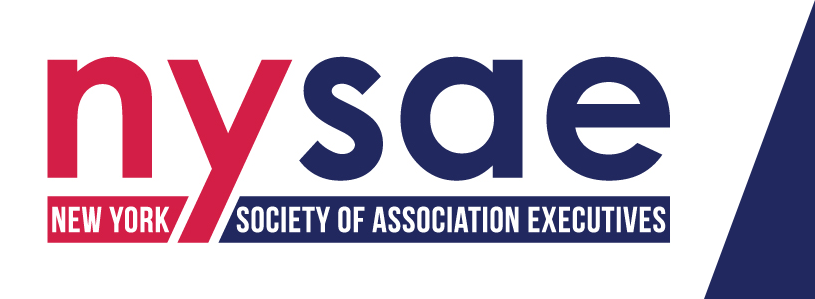Print this Article | Send to Colleague
Q. Our association leadership has committed to develop new DEI strategies for 2022 and has put a new task group into place. I’m now being asked to provide strategic counsel on what they realistically should be accomplishing in their first year. I’m just not sure, as their executive director, I have the knowledge on how to direct them and we don’t have a big budget for me to begin recommending consultants. Next steps?
A. What does “committed” really mean with leadership, and does it mean something different for DE&I than it does for other strategies they set for next year? Wanting to focus on it, or deeply feeling supportive isn’t the same as making a commitment. If they committed to a digital transformation strategy (with new website, app, AMS integrations, etc.) they’d allocate time and money to advance the related tactics. They would not expect member volunteers to have the knowledge or resources to do these things for the org or industry. DE&I strategy is like any other in this way and focusing only on feelings and conversation will not result in outcomes (and can actually backfire on the org or cause harm to communities who are already navigating exclusion/discrimination).
Without this type of info, it’s impossible to give meaningful recommendations on what they can accomplish in the first year. I can say that it took decades for most associations to be where they are (and centuries really for the country). Impact in one year is ambitious in this context. There will be tactics in year one but be clear that you are committing to play the long game over many years. Here are some key questions you should be asking yourself and your volunteers:
Why is leadership focused on DE&I?
- Was there a driver internally, like a public issue or member complaint?
- Is it external social pressure (i.e. the murders of 2020 and related racial equity movement)?
- Are we doing it because everyone else is doing it? (That’s performative diversity theater, don’t do it.)
- What was the charge given to the new group? Are they representative of the community you want to serve with your efforts? Do they have agency to make changes to structural changes policy, procedure, guidelines?
Are there any specific issues/concerns identified, related to the organization’s own operations (internally with staff or externally with membership/governance)?
- Have the root causes been studied (requires qualified help, several types of audits can be done)?
- Are certain group missing (requires talking “to” those groups, not “about” those groups)?
- Is there any baseline data that might reveal unknown (that’s how implicit bias works) inequities that need to be addressed?
- Has the organization studied and transparently addressed its own role in inequities in the field (reconciliation requires truth)? Are there other identity-based associations in their same field? This is a sign of historical exclusion.
These are some of my initial thoughts, if your association is facing these questions and you’d like to have a conversation, please email me at rhonda@planetflock.com.

Rhonda Payne, CAE
CEO, Flock Theory

